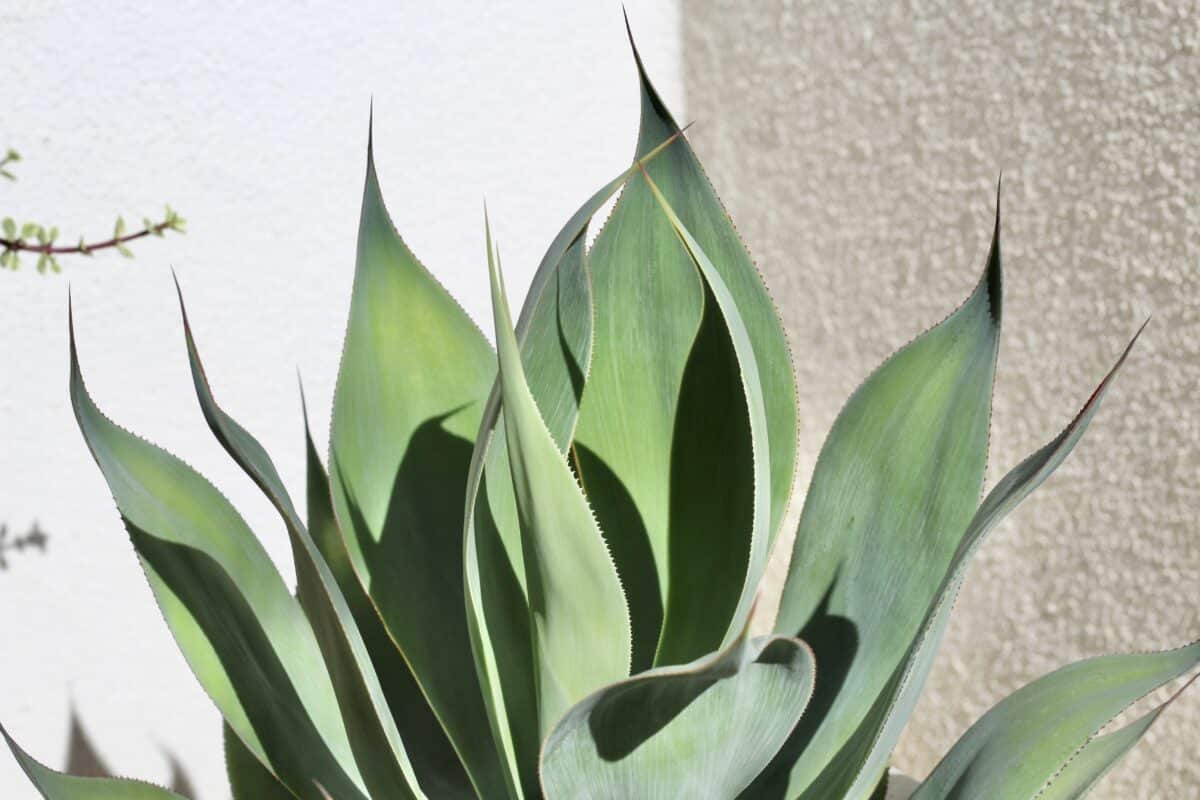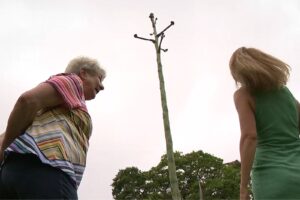In the realm of botanical marvels, agave stands as a veritable monument of endurance and resilience, often encapsulating the beauty and vigor of the arid landscapes from which it hails. As a succulent that embodies both art and survival, one might ponder the fate of these formidable plants post-flowering. Do agave die after flowering? This question uncovers more than mere botanical facts; it unveils a story of life, death, and rebirth that is both poignant and fascinating.
Understanding the lifecycle of agave entails peeling back layers of biological intricacies and cultural significance, revealing how these celestial beauties navigate the cycles of life. The truth about agave flowering is intricate, akin to peeling the multiple layers of an onion. At the core of this enigma lies the answer to a question from which burgeoning enthusiasts and seasoned horticulturists alike often seek clarity.
Upon reaching maturity, typically within 10 to 30 years, an agave plant reaches a stage known as “flowering.” The sheer anticipation of this event often mirrors the celebratory frenzy that accompanies the bloom of a sunflower after a long season of growth. During this euphoric outburst, the agave produces a magnificent flower spike that can tower several feet, adorned with clusters of bright yellow or red blossoms. This transformation, however, is more than just a visual spectacle; it is a prelude to the final act of the agave’s life cycle.
As they burst forth into bloom, agaves commence a fascinating journey towards senescence. This process may seem detached from the typical understanding of flowering; however, herein lies the crux of the narrative. Upon flowering, many agave species divert their accumulated energy reserves toward producing seeds, anticipating their legacy to continue in subsequent generations. This transition mirrors that of a star exploding into a supernova, scattering its cosmic essence across the universe and giving rise to new celestial bodies. In essence, once agave has flowered, its life draws to a close, resulting in the gradual decline and eventual death of the parent plant.
The ephemerality of agave’s flowering invites reflection on the concept of sacrifice. Just as the phoenix rises anew from its ashes, agave plants regenerate their existence through offsets or “pups.” These diminutive replicas embody the essence of persistence and adaptability. A flourishing agave will yield several pups at its base during its flowering phase. Each pup, albeit small, carries within it the potential for growth and survival, capturing the duality of life and death in one compact form. Hence, while the parent plant may perish, its progeny guarantees that the lineage of this resilient species continues into the future.
Examining the broader implications of agave flowering uncovers a rich tapestry interwoven with ecological importance, agricultural utility, and cultural significance. Across the landscapes where agave thrives, it plays a multifaceted role in its ecosystem. The massive flower spikes serve as a beacon for pollinators, facilitating ecological interactions that nurture an intricate balance of biodiversity. The nectar-rich blooms attract bees, moths, and birds, underscoring the mutualistic relationships that characterize ecosystems globally.
Additionally, agave holds considerable value in agricultural circles. The flowering process not only contributes to the reproductive cycle of the plant but also enhances the aesthetic and economic appeal. Species such as Agave tequilana are cultivated for the production of tequila, turning the possible demise of the parent plant into an opportunity for spirited celebration. Herein lies a paradox: the conclusion of the agave’s life marks a new beginning for the tequila industry, where the essence of one plant elevates the human experience through culture and conviviality.
Moreover, in many cultures, agave serves as a symbol of resilience and perseverance. Native to regions that endure drought, heat, and aridity, agaves have become emblematic of strength. The ceremonial use of agave in diverse traditions captures the mystique surrounding this species, showcasing its dual purpose as both sustenance and spiritual affirmation. It is not just a plant; it is a narrative of survival against the odds, drawing parallels between the struggles of humankind and the unwavering spirit of nature.
Lastly, it is vital to consider the notion of conservation and sustainable cultivation in the wake of agave’s extraordinary life cycle. As demand increases for agave products, the potential for overharvesting underscores the necessity for mindful stewardship. Responsible practices ensure that as we celebrate the passing of one generation, we simultaneously nurture future lineages, allowing the agave to continue enchanting our landscapes and our lives.
In conclusion, the question, “Do agave die after flowering?” elucidates a compelling tale of life, sacrifice, and renewal. Blooming into a glorious culmination of vigor, they sacrifice their existence for the proliferation of their species. Intriguingly, as they depart this mortal coil, they pave the way for a vibrant legacy that thrives well beyond their years. The agave is not merely a statement in the barren landscape, but a testimony of resilience that presents a captivating blend of beauty, vitality, and continuity, inviting all who encounter it to ponder the deeper currents of life and nature.





Leave a Comment